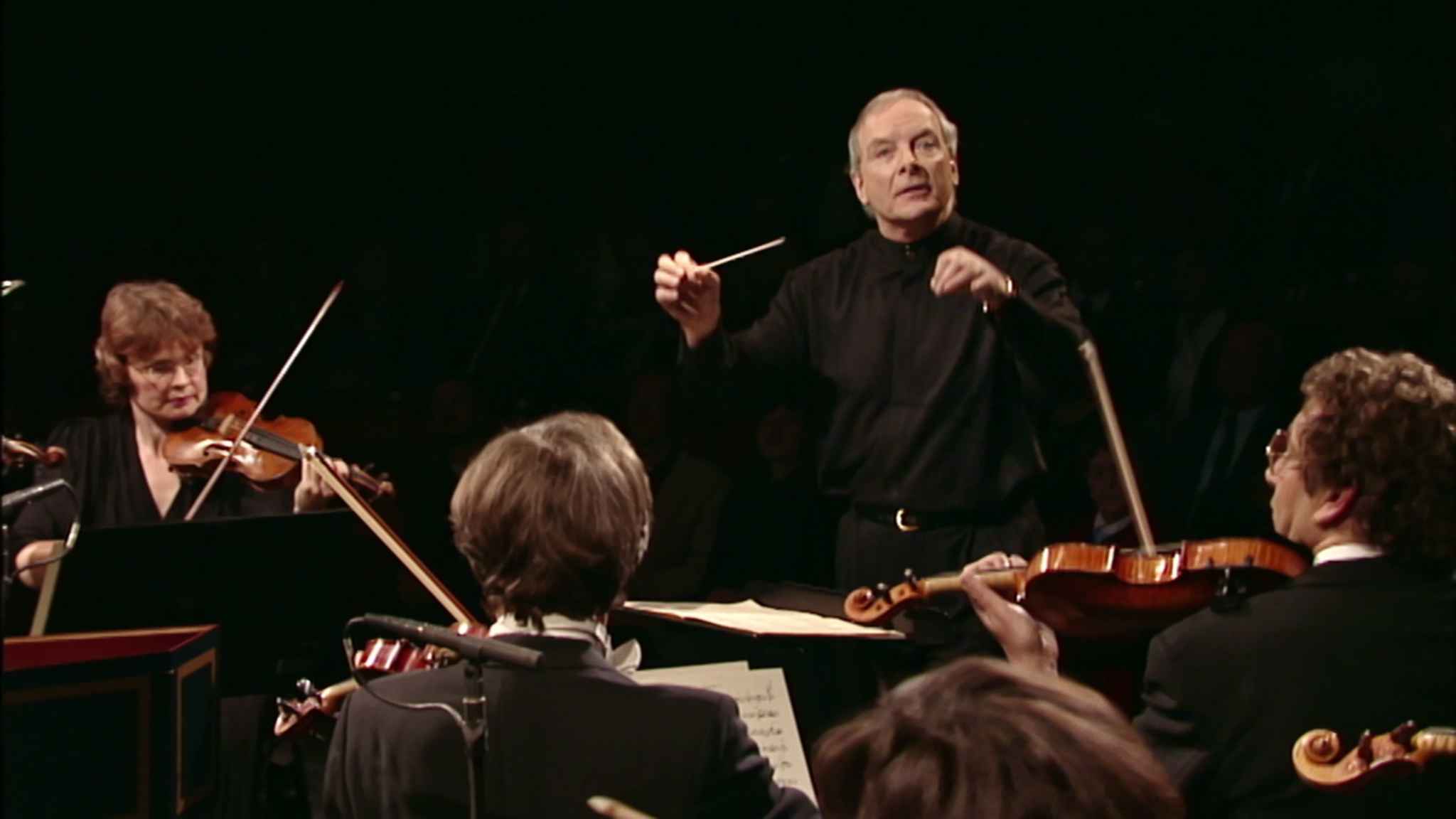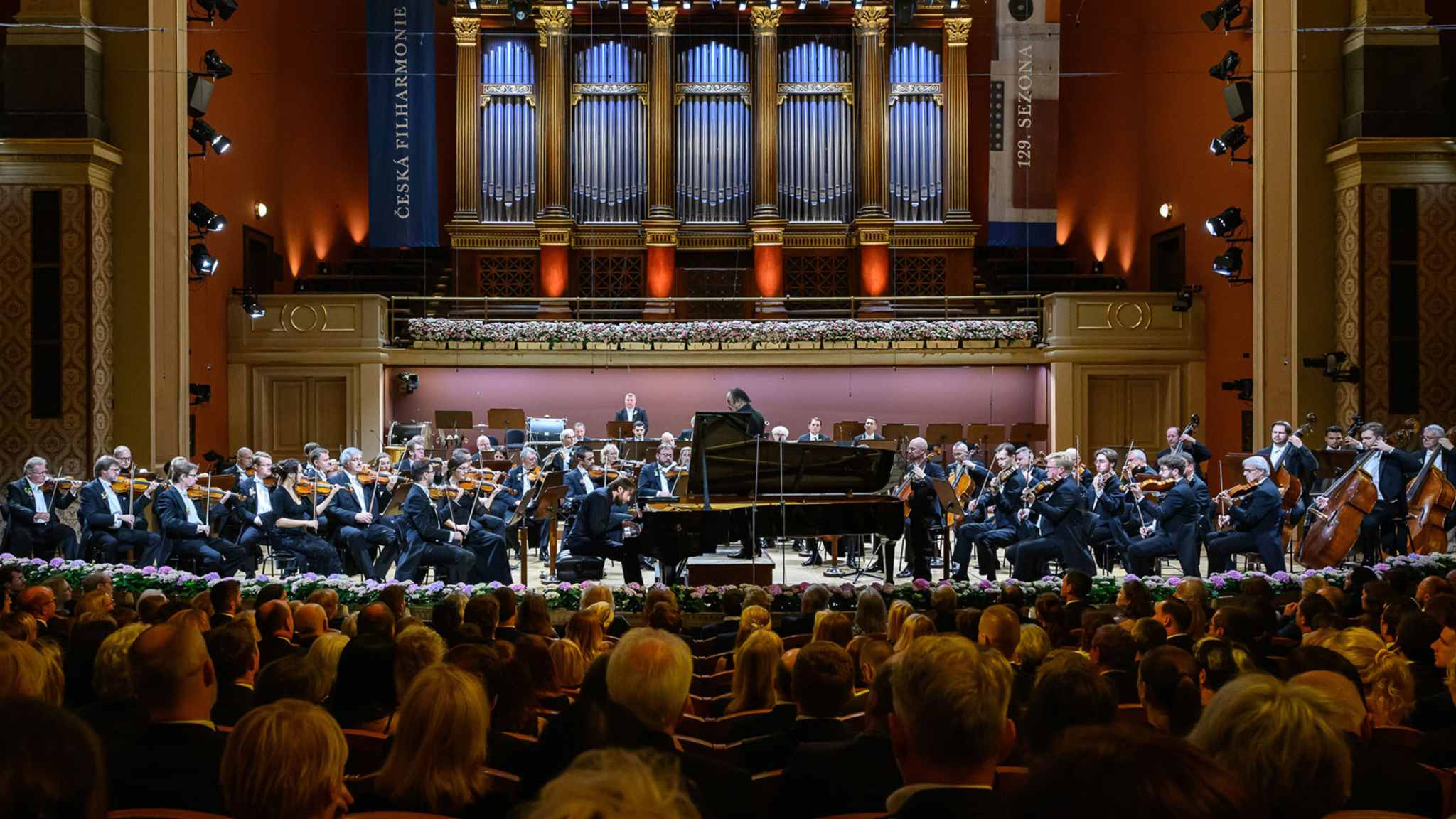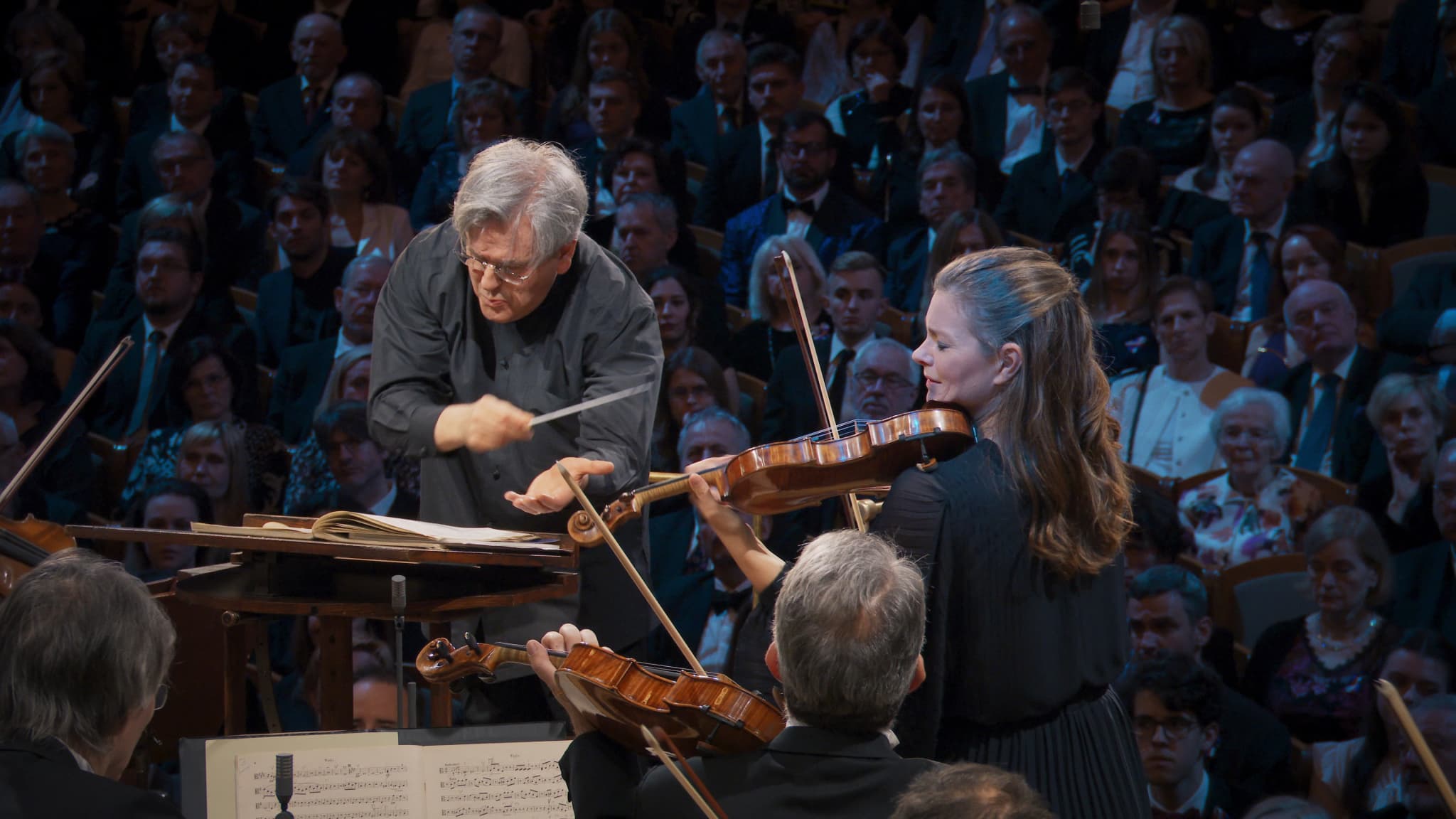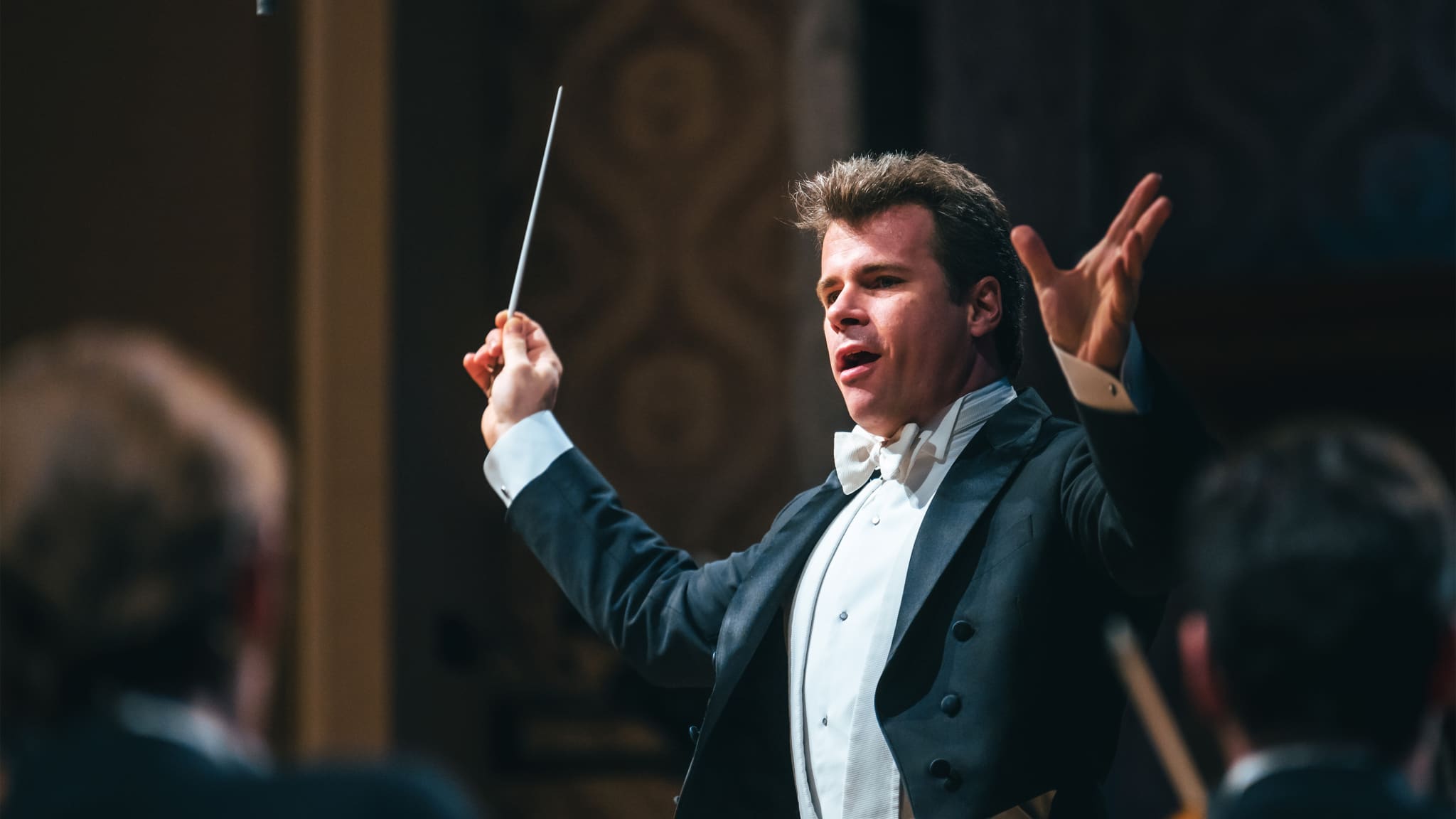Album insights
Henry Charles Litolff stands out as a one-hit wonder composer, most recognized for the Scherzo from the second movement of his Concerto Symphonique No. 4 in D minor. However, the unjust label attached to him seems questionable. Litolff's posthumous reputation has primarily relied on outdated opinions often circulated without deeper scrutiny for decades in reference texts and journals. The current recording may challenge this notion. Past verdicts on his work stemmed from individuals with limited exposure to his music, questioning their qualifications to pass judgment.
Instead of relying on unreliable third and fourth-hand accounts, one can now form a personal opinion on why it took until 1973 for the first recording of the famed "Litolff Scherzos" within the context of his three companion movements, and two years later, the initial among his three piano trios, to be released by Genesis. Despite the prevalent Scherzo, only a fraction of his music has been recorded since then. Noteworthy exceptions include Hyperion's recordings of Concertos Symphoniques No. 2, 3, 4, and 5 (CDA66889 and CDA67210).
Why have artists and record labels been hesitant to delve deeper into Litolff's works? He was a composer with an imaginative voice, drawing influences from Weber, Hummel, and Mendelssohn—an individual well-acquainted with Beethoven, Schumann, Alkan, and Liszt. Exhibiting a distinctive style, Litolff’s compositions were applauded for their richness of original ideas in harmony, melody, rhythm, and charming orchestration.
Moreover, Litolff shared a friendship with Liszt, with whom he had much in common, often dubbed as the "English Liszt." Liszt admired Litolff’s music, exemplified by dedicating his E-flat major concerto to him, embracing the inclusion of a piccolo flute and triangle in the orchestra apparatus—inspired by Litolff's pioneering usage in his Concerto Symphonique No. 4.
In "Virtuoses contemporains" (Heugel et Fils, 1882), Marmontel recalled encountering Litolff’s passionate and lively interpretations in Paris during the late 1830s, receiving fervent enthusiasm across Europe in later performances. A brief biography outlines Litolff's multifaceted life, underscoring the need for a comprehensive account due to lingering controversial facts and legends. Litolff's legacy, encompassing his vast musical output and colorful personal history, invites further exploration.
Litolff's Piano Trios No. 1 and 2, regarded as exemplary gems of the 19th-century genre, remain underrepresented in standard piano trio repertoires. The listener is bound to question the absence of these pieces alongside works by Beethoven, Mendelssohn, Schumann, and Tchaikovsky.
Written in 1850, prior to the Concerto Symphonique No. 4, Litolff's Piano Trio No. 1 showcases unconventional beginnings, transitioning from a mournful cello motif to a spirited thematic development. Reflecting influences from Mendelssohn and Alkan, the composition intertwines virtuosic piano passages with nuanced shifts, captivating audiences with unpredictable twists and rich musical tapestries.
Contrasting the traditional slow movement, Litolff follows with a Scherzo in the Piano Trio No. 2, a delightful maritime dance exuding English charm. Displaying playful nuances and swift tonal shifts, the composition unveils Litolff's dynamic style and knack for inventive melodies intertwined with distinctive thematic elements.
Given Litolff’s craftsmanship and inventive spirit highlighted in these piano trios, his compositions offer a unique blend of influences and originality that warrant further exploration and appreciation.













